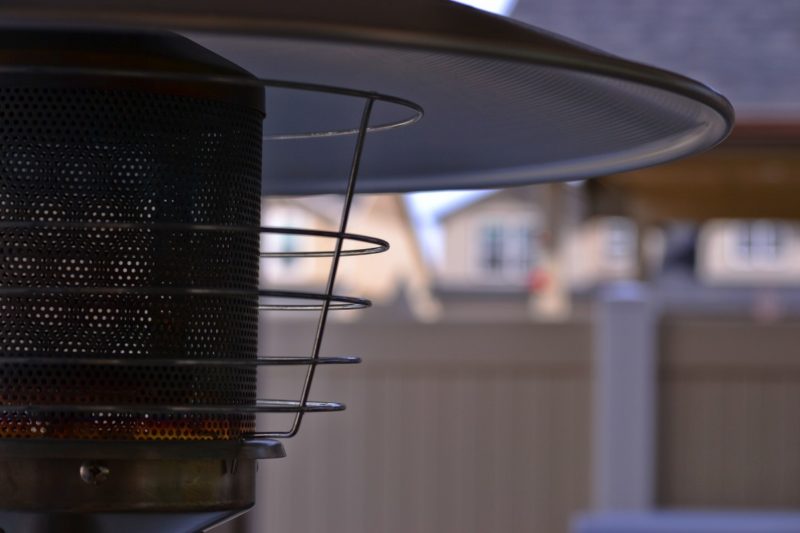Are you interested in learning how to start a kerosene heater? Then you should read this because we’ll be discussing it throughout this article, and hopefully, this will clarify your questions. We’ll talk about how to light it and what to consider while purchasing a kerosene heater.
Enough about the kerosene heater; I’d like to make sure you understand what I’m going to say throughout this text and that you’re on the correct route without getting lost.
The standard kerosene heater is a portable, unvented, kerosene-fueled heating system. A kerosene heater can be lit in two ways. First, use a match, and second, an automatic igniting system. They are a primary source of house heat in several nations and a backup or emergency heat source in the event of an emergency. Kerosene heaters have improved in terms of technology. Some now use electricity to operate a fan that blows the heated air out, allowing rooms to be heated more quickly. Now let’s take a look down further by reading this article.
Steps To Light A Kerosene Heater
The most prevalent type of heater is the kerosene heater, one of the most widely used. During the winter, kerosene heaters are commonly used to provide a warm and welcoming breeze. 1-k grade kerosene and a wick that has been soaked for at least an hour are required to light an essential kerosene heater. A kerosene heater may be ignited in two ways, first, by employing an automated ignition system, and second, by manually lighting it with a match. Now, here are the steps on how to start a kerosene heater:
Step #1. Adding the fuel
The standard portable kerosene heater is usually powered by 1-K grade kerosene, which is carefully refined so that when burned, it does not have a strong odor or irritate the nose. If you’re not sure what model of kerosene you have, please read the handbook for further information on using it properly and preventing misusing it. A wick within the heater has to be soaked for at least an hour. If you’ve never lit a kerosene heater before, it’s better to wait until the wick is completely saturated before igniting it.
Step #2. Lighting the kerosene heater using an automatic ignition system
On the bottom of the base of most kerosene heaters with an automated ignition system is a lever that appears like a little horizontal button. The inner igniter will be activated by gently pressing down on the lever until it comes to a complete stop, allowing the kerosene heaters wick to be lighted. There were several methods for extinguishing the heater’s flame; see the handbook for further information on the type of your kerosene heater.
It’s still a good idea to wait 10-15 minutes before lighting it up again to ensure that any fumes are dissipated, and the heater can be used safely. Prevention is always better than cure, so make sure that you check the connection of your kerosene. Keep it tight, so it’s appropriately secured to avoid fire in your home. It’ll be better to have it checked by a professional.
Step #3. Lighting the heater manually or using a match
A little door opening near the base of the kerosene heater should provide you access to the chamber with a wick, and some innovative models position this aperture above the knob. You can see the wick within the section if you lift it and elevate it with your fingers to expose it. Because the knob is usually made of a non-conductive substance, you won’t be burned if something goes wrong. Hold a lighted match near the wick and gradually adjust the length of the flame until it reaches your desired size; it is best if the pet is about half an inch long.
Advantages Of Having Kerosene Heater
Our home’s kerosene heater is a handy and necessary item, and it accomplishes so much more than we could have ever expected. Compared to other fossil fuels, kerosene is a more ecologically friendly fuel since it emits the least number of fumes and smoke when burned. In terms of practicality, it is also cost-effective, safe, and effective. Oil providers use research to improve kerosene’s flexibility, making it cleaner and reducing carbon emissions.
Disadvantages Of Having Kerosene Heater
When it comes to starting a kerosene heater, there are a few other things we need to know. We should be aware of the disadvantage since we should prioritize our safety. The first is that it contributes to the release of greenhouse gases; a single kerosene heater emits a small amount of carbon dioxide, but imagine if every home had one. Kerosene is not recyclable, and it is also quite expensive to maintain. Because kerosene is a highly sought-after kind of oil, its price may rise over time. It’s best to also know how to light kerosene heater.
It’s A Wrap
Now that you know how to start a kerosene heater, you may be more cautious about it and may want to share it with others because it will not only allow them to have a warm breeze in the middle of winter, but it will also keep them safe. After all, you share what you have learned in this article with them because you must be responsible and knowledgeable about it. Don’t hesitate to know these things too; read about how to replace wick in kerosene heater and how safe is a kerosene heater indoors.

